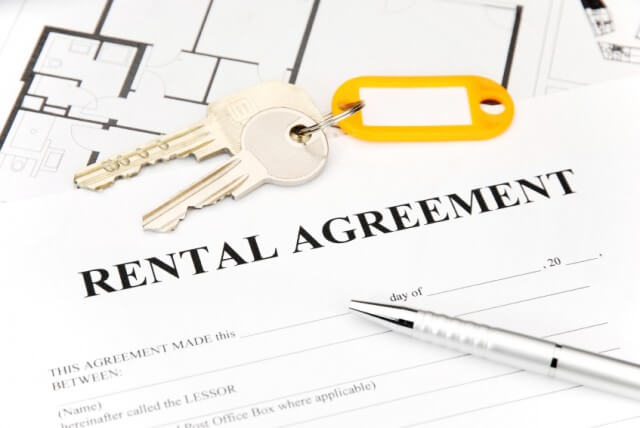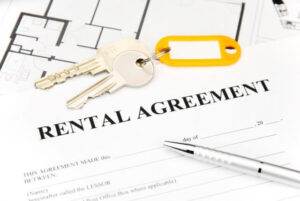Tips for legally evicting your tenant

There are many reasons why a landlord or letting agent may want to evict a tenant from their property. In some cases, landlords will choose not to extend a lease or will be taking back the property for their own personal use.
Sometimes, landlords or letting agents are left with no choice but to take eviction procedures against their tenants. A tenant may have caused malicious damage or may have large rent arrears. Whatever the reason for an eviction, there are five key things to know about to ensure that the process is both legal and effective.
- Serve notice of eviction
Section 21 of the Housing Act of 1988 states that tenants must be given at least two month’s notice before they can be legally evicted.
A section 21 notice must be provided in writing by the landlord and must give the date of the required repossession. This date should not be any earlier than the permitted two months grace period, nor should be earlier than the original tenancy agreement.
If the rental term has already expired, the date specified on the letter should be the final day of the agreement.
- Possession Order
If a tenant refuses to vacate the property after being served with a Section 21 notice, the landlord must go to their local court and appeal for a possession order. It must be noted that the court cannot grant a possession order in the first 6 months of a tenancy.
When seeking a possession order for a shorthold tenancy, the landlord must ensure that all of the necessary legal procedures (issuing a Section 21) have been followed. In addition, if there are serious rent arrears (8 weeks plus) at the time of a possession order request, landlords can issue a Section 8 notice to regain their property.
- Accelerated possession procedure
Landlords wishing to gain quicker possession can follow an accelerated possession procedure. This procedure does not require a court hearing, but will require a fee before any action can potentially commence.
For accelerated possession, a landlord will need to find the County Court for the area where the property is situated, then fill in a Form N5B claim for possession. These are obtainable from HM Court services. The court will then post the papers to the tenant.
If successful, the landlord will be granted an order for possession and the tenant will be made to pay any court fees. The whole process normally takes between 6-10 weeks.
- Professional notice service
In some instances, a tenant will either not be inside the property or will not answer the door to be served notice. In this instance, the landlord should ask for a witness and post the letter through the letterbox. The notice is then deemed to have been served on the following day.
On occasion, it will be inconvenient for a landlord to visit their property to give notice, as they may be worried about a confrontation with the tenant. In this instance, a professional process server should be used. Fees for this service are small and the landlord will be provided with a certificate that can be used in court.





